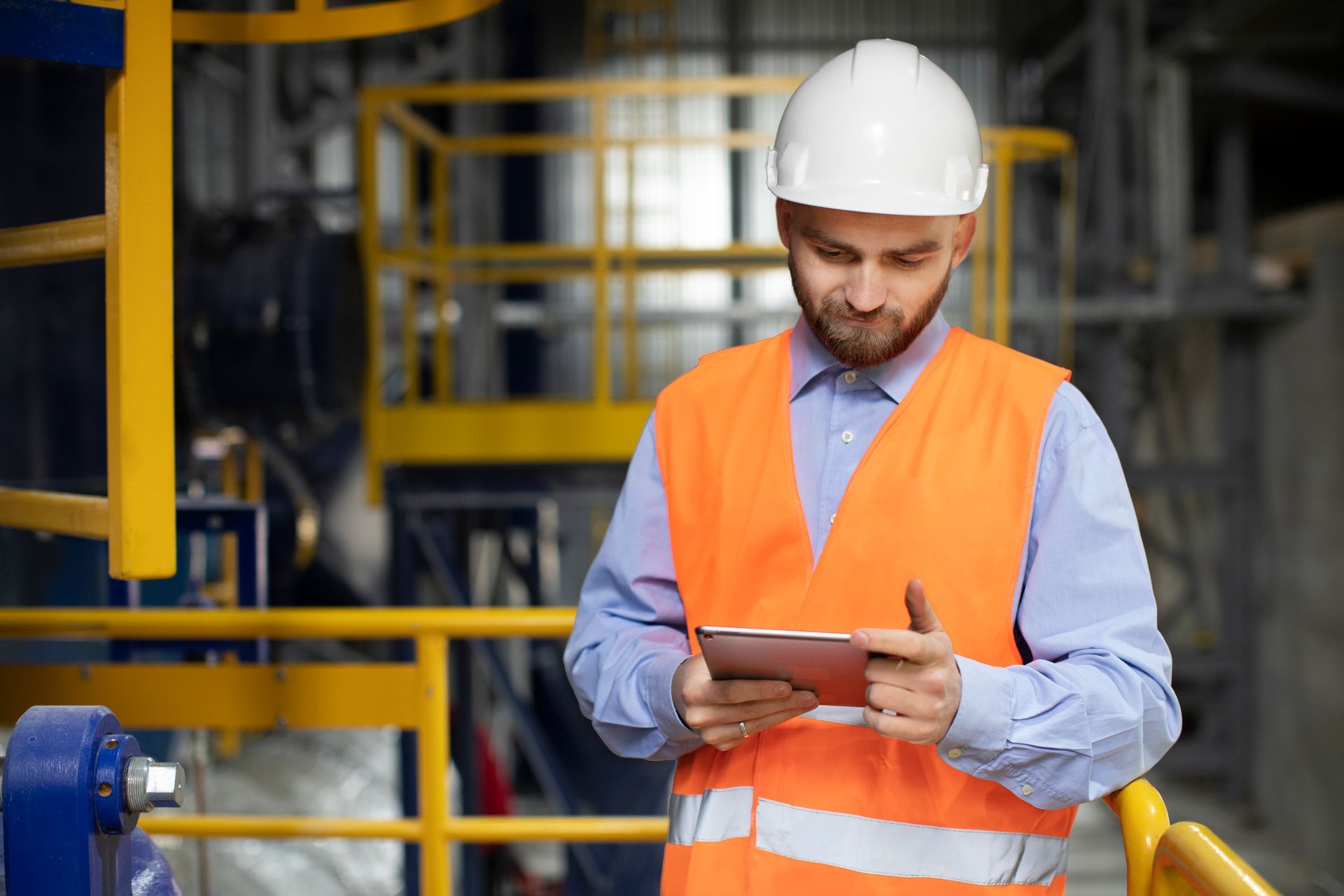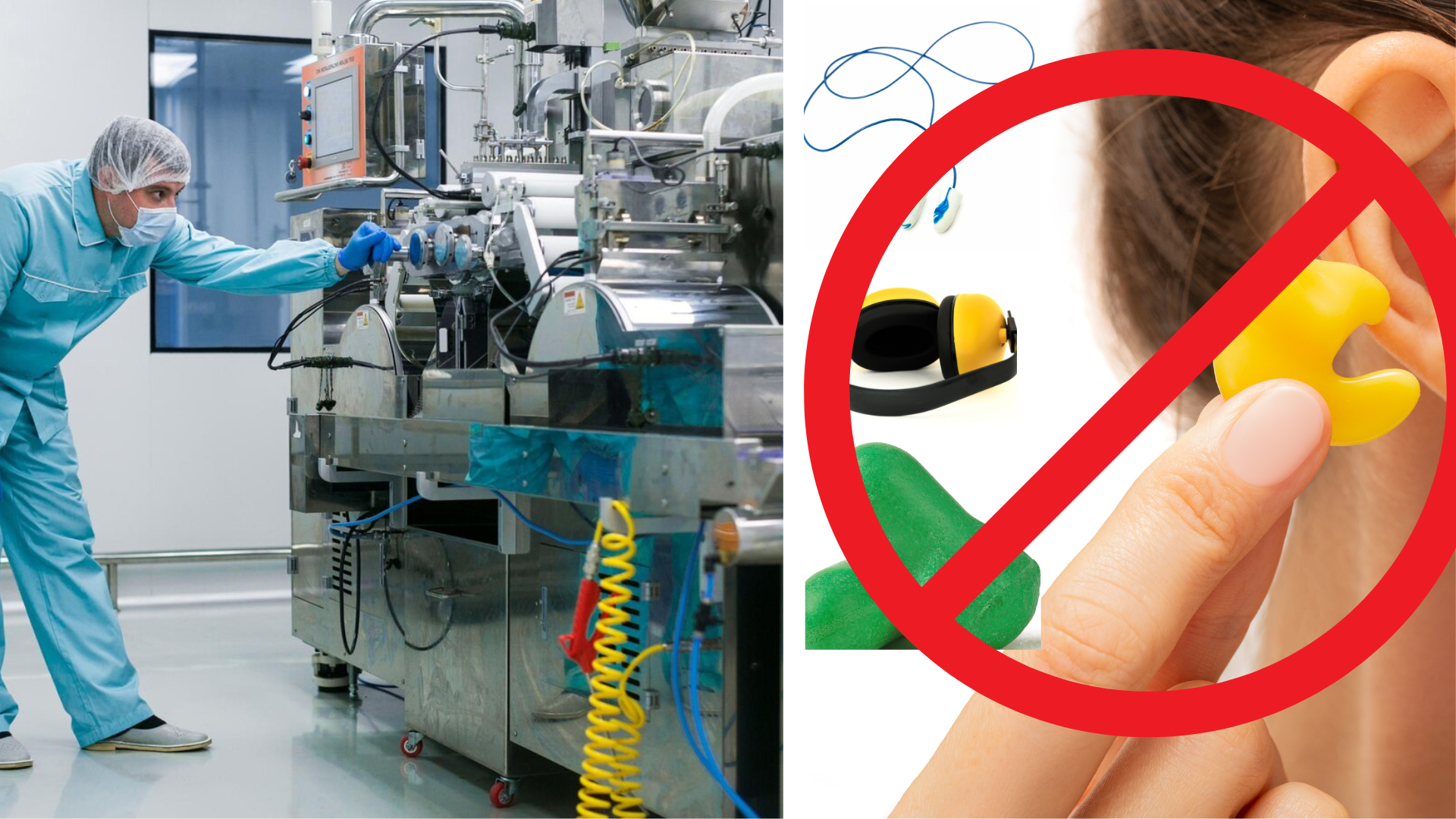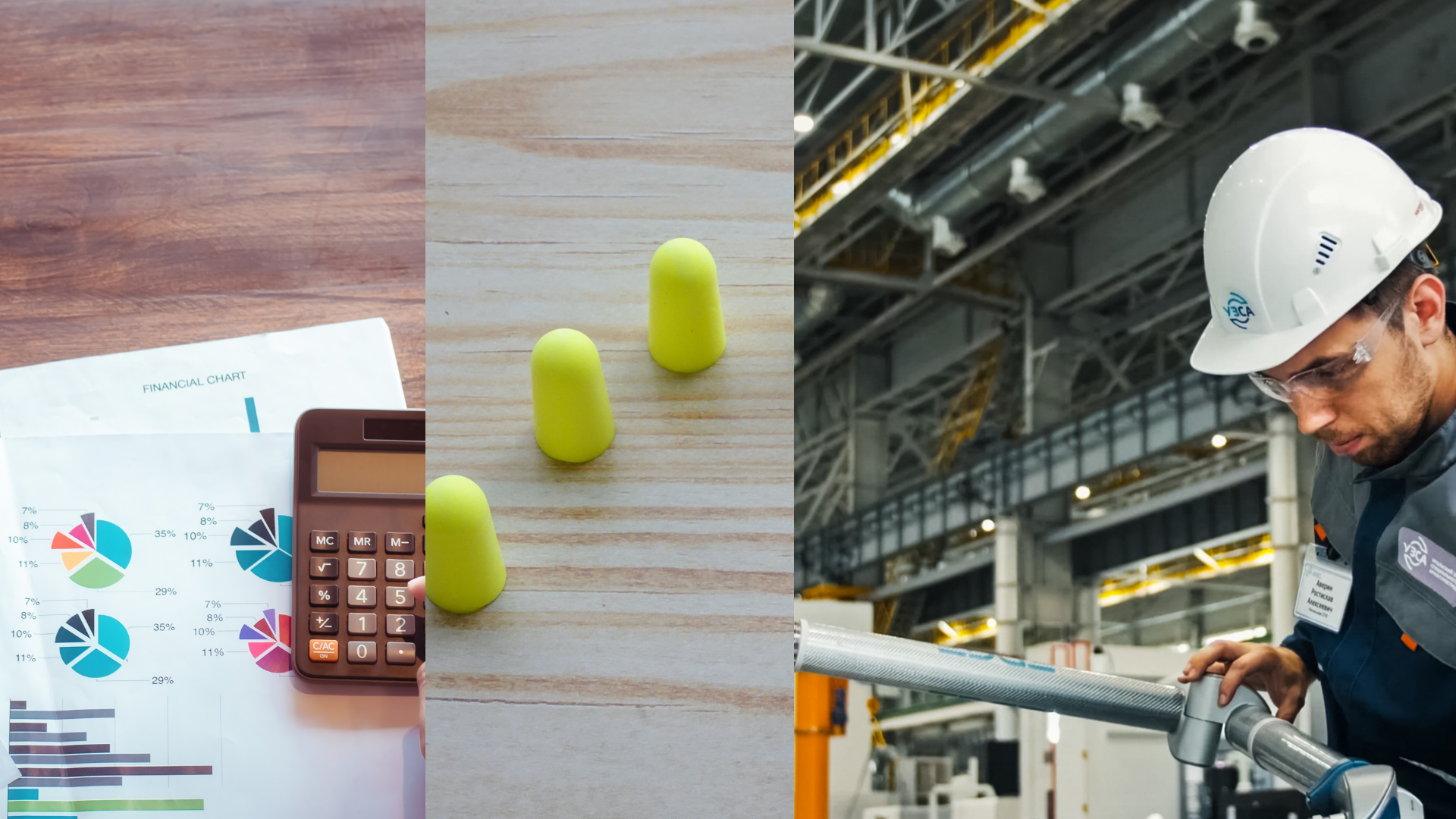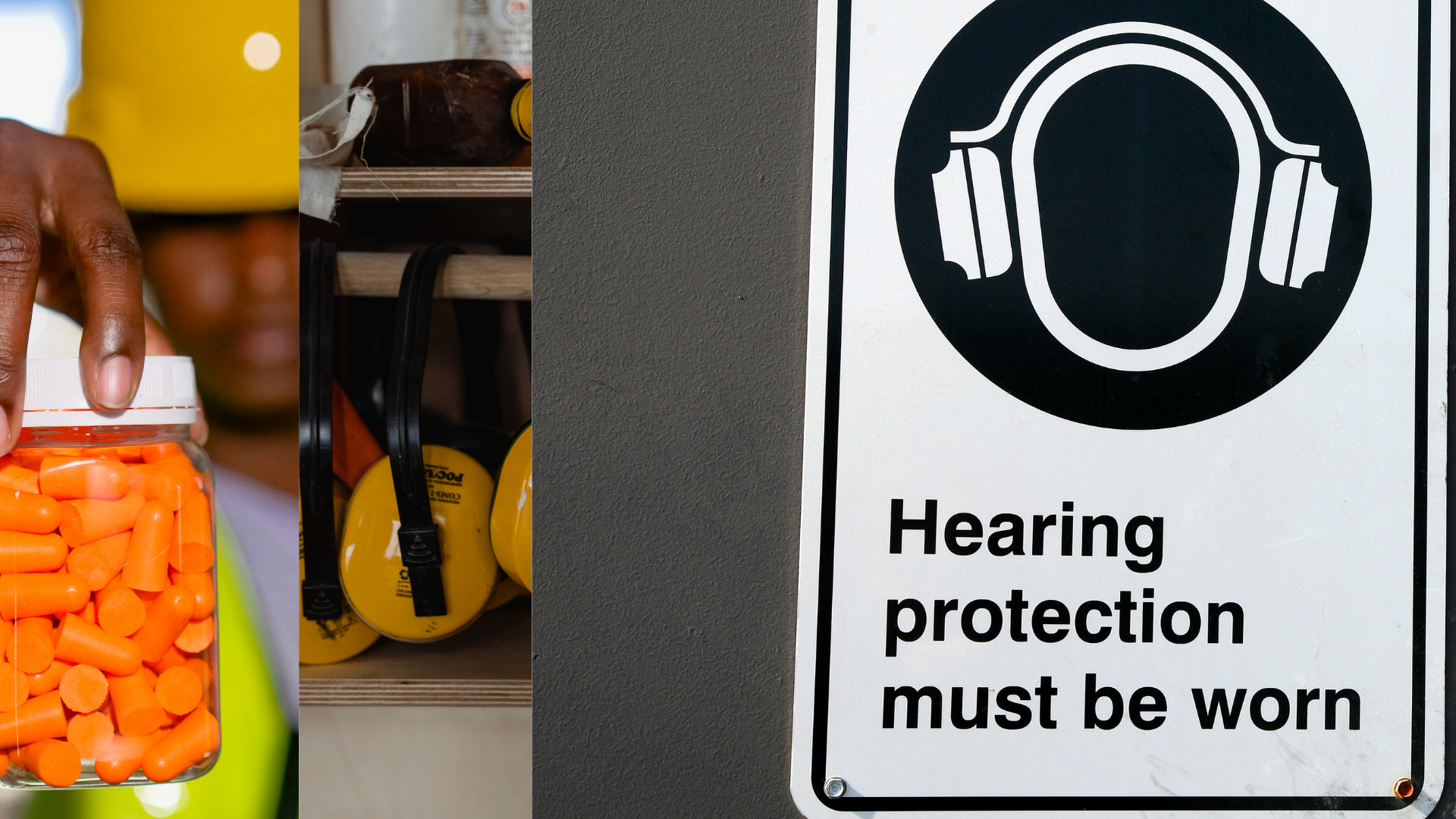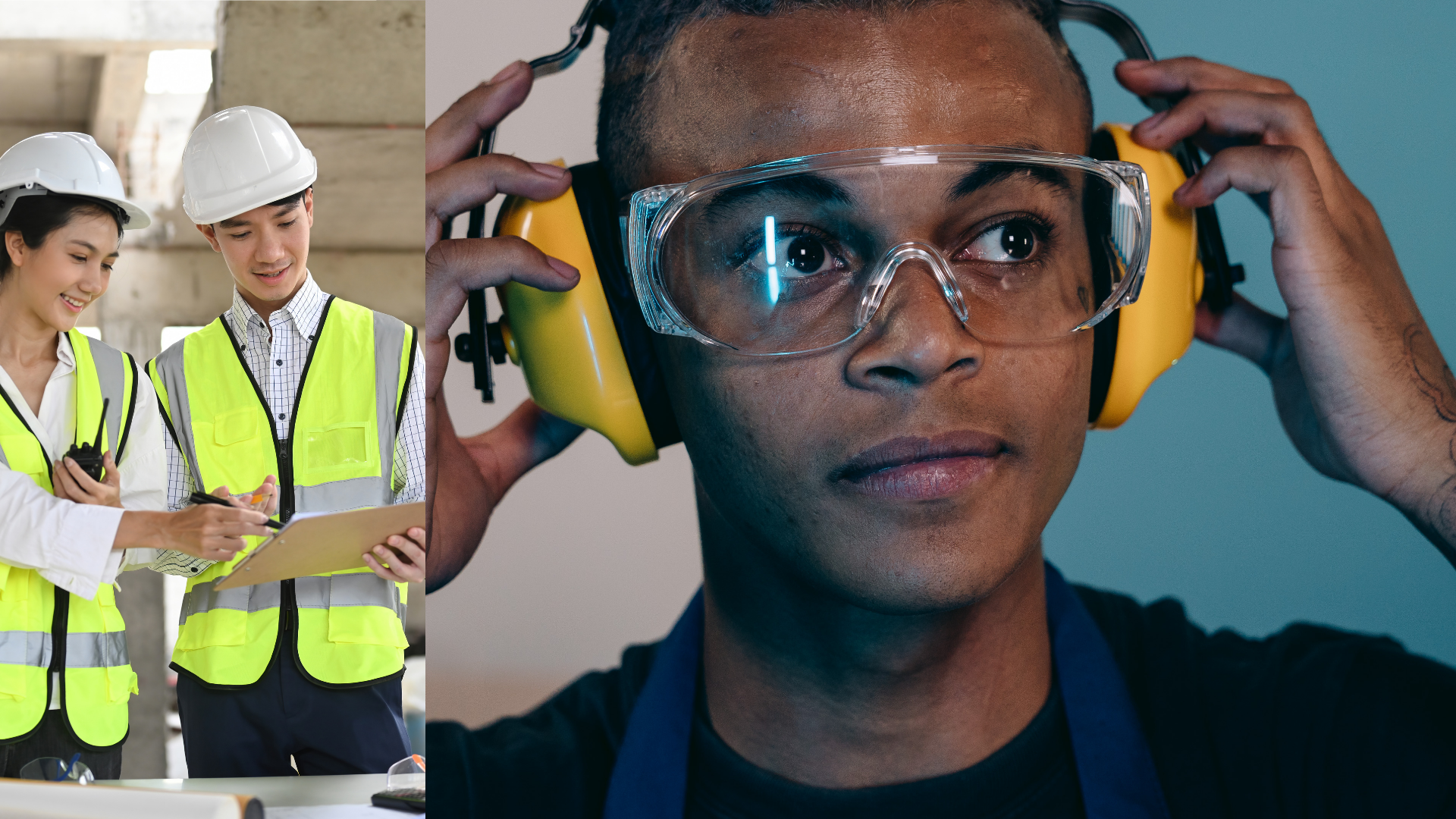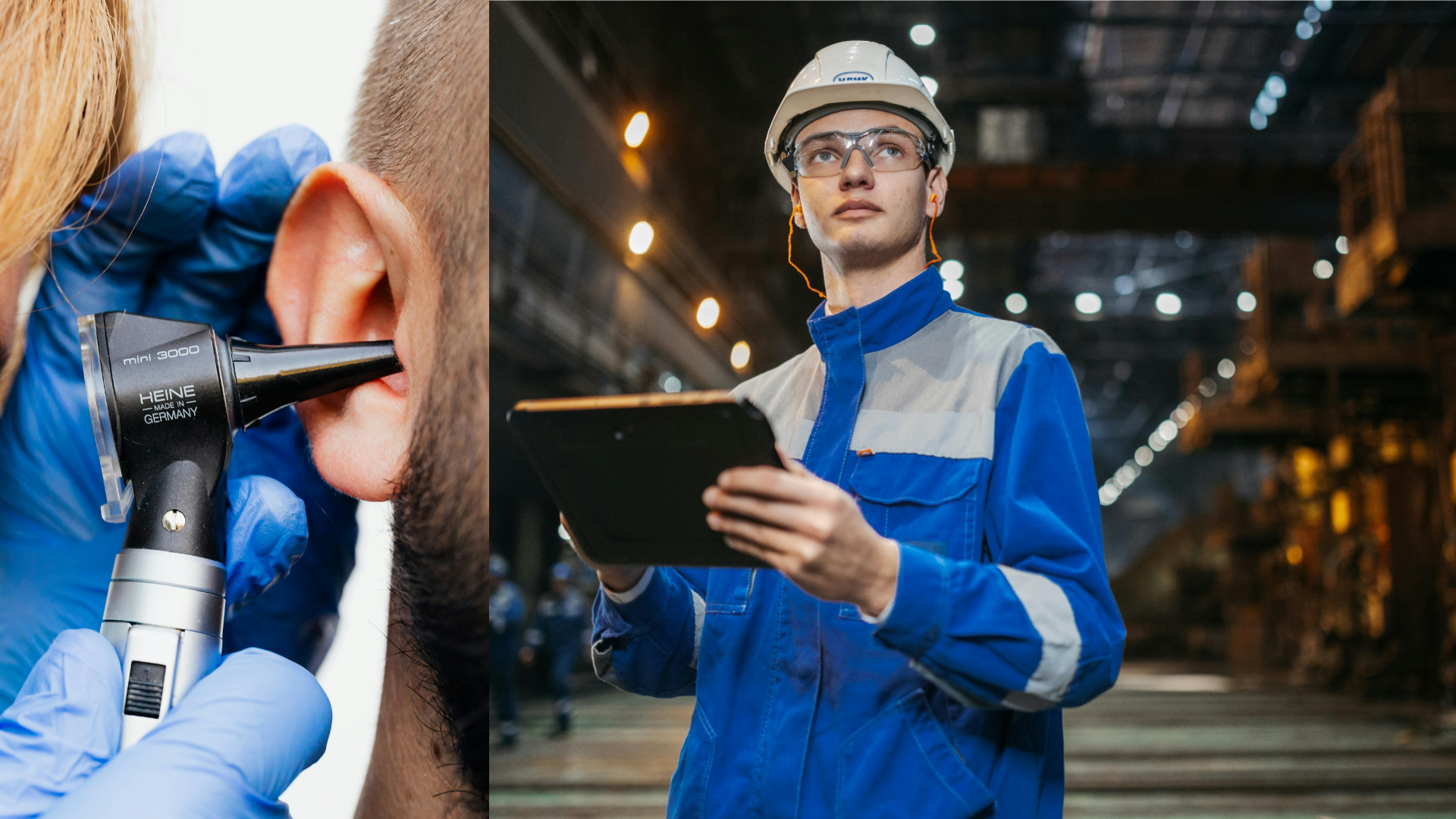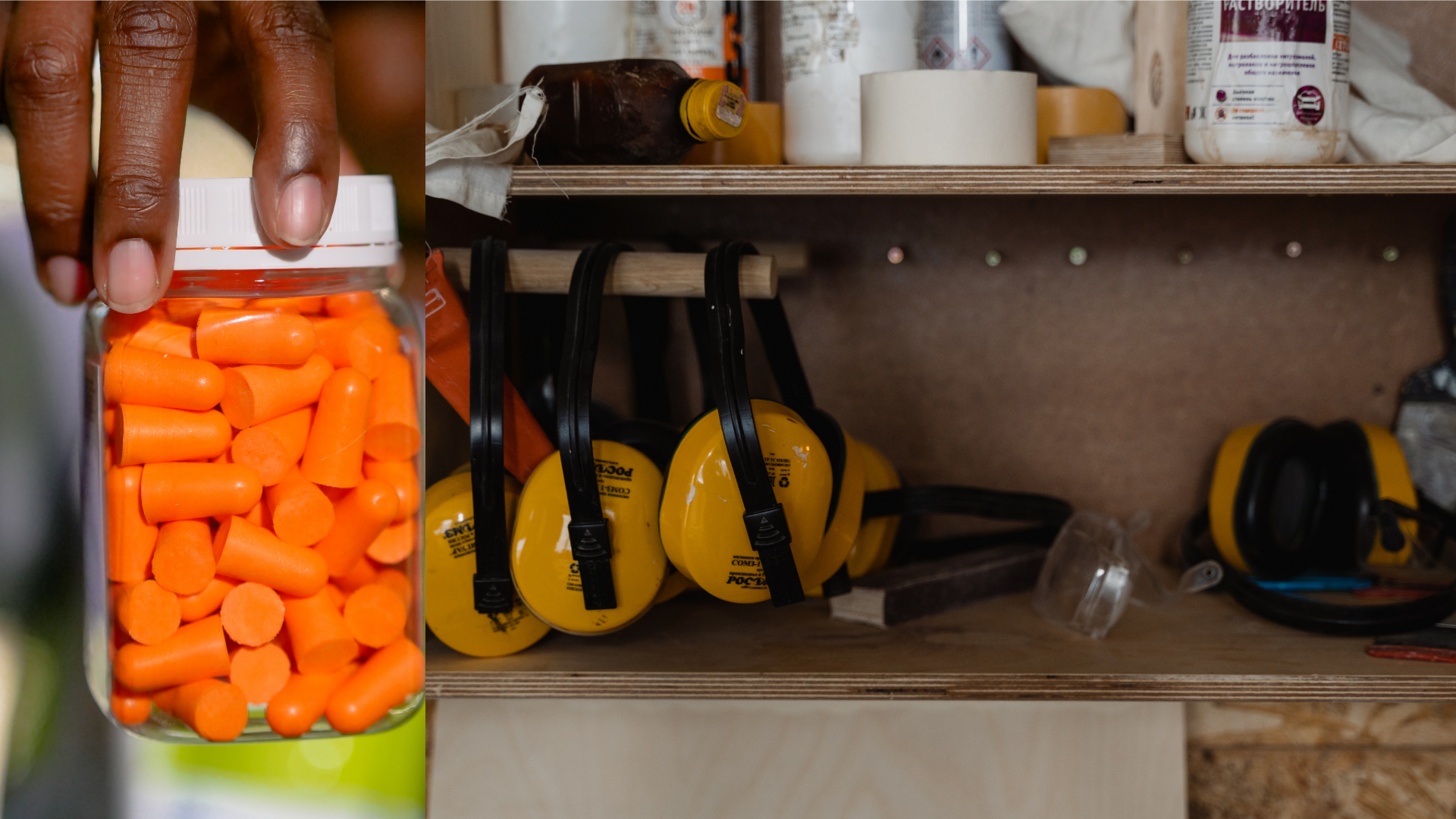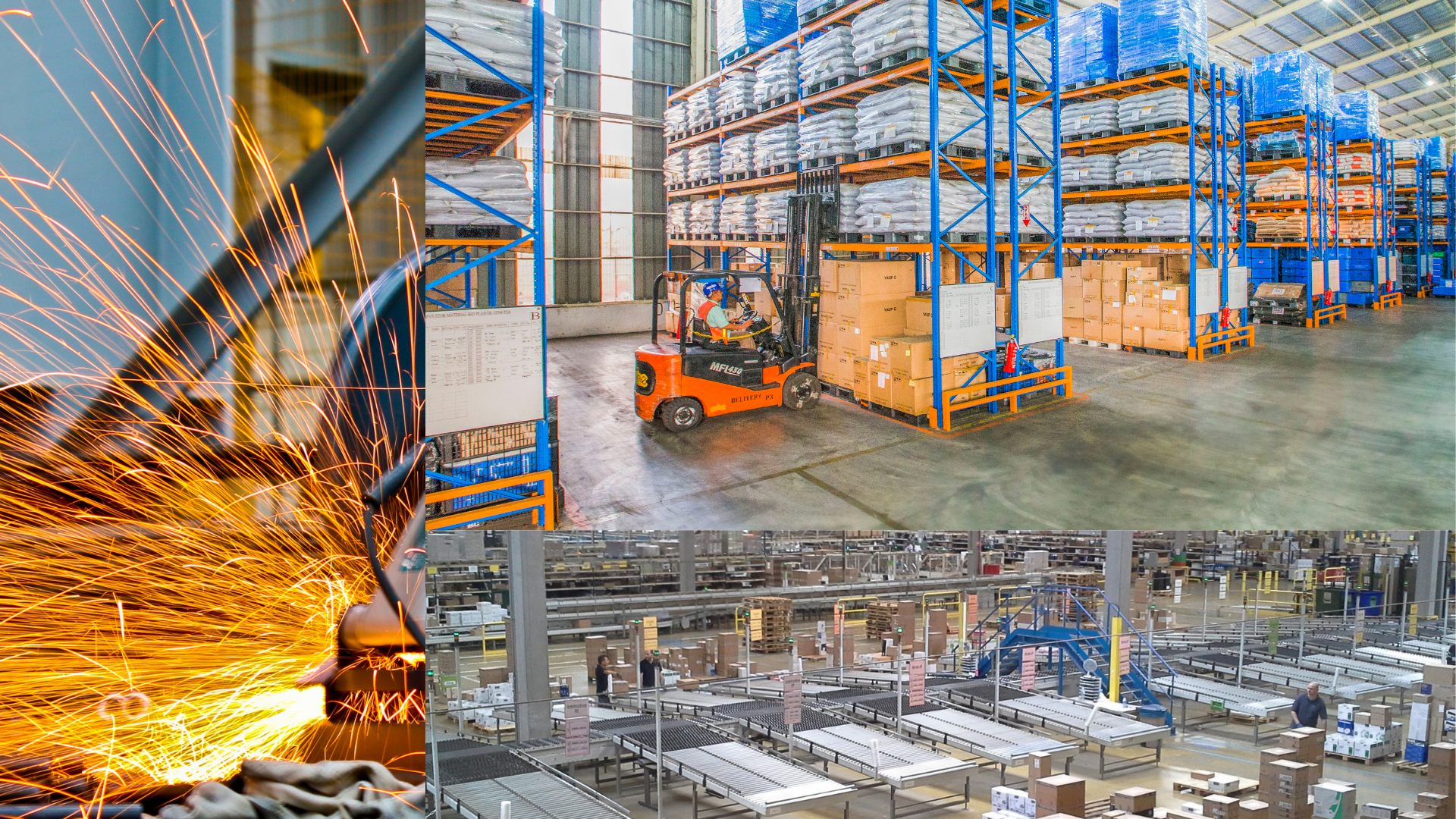A Campaign to Make Listening Safe for All
Never in human history has it been more important to protect our hearing throughout our lifetimes. We are living longer than ever, and while current statistics indicate that nearly everyone loses some hearing ability by the time they reach 100 years old, there is no scientific consensus about why so many people are susceptible to what is known as “ age-related hearing loss.” Indeed, it may be possible that modifiable risk factors are creating this epidemic of hearing loss, and with more careful attention to hearing health throughout our lives we can significantly reduce the amount of age-related hearing loss from what we see today.
Make Listening Safe
The World Health Organization (WHO) has created the “Make Listening Safe” campaign to “create a world where nobody’s hearing is put in danger due to unsafe listening.
Many of us work in places with noise levels that are not safe for unprotected ears. OSHA sets the maximum workplace noise exposure level at 90 dBA, however there is consensus that anything over 85 dBA for 8 hours of exposure results in permanent hearing loss, which is where NIOSH places the “safe” marker. To be properly protected, workplaces that measure average noise levels above 80 dBA should require hearing protection.
The “safe” levels promoted by NIOSH and OSHA, furthermore, do not take into account any noise exposure outside the workplace. Some people may encounter additional unsafe levels through hobbies, recreation or secondary employment that still contributes to the daily total of acceptable environmental noise, and most people who use personal listening devices exceed safe levels routinely.
For example, if your workplace averages a noise level of 85 dBA, then technically you may be in the “safe” zone in terms of noise exposure if you are only there for a maximum of 8 hours. However, if you experience any noise above 80 dBA outside the workplace, your daily total climbs above the safe limit and permanent hearing loss can occur. While it may seem like you’re not at much of a risk, keep in mind that 80 dBA is about the noise you experience while pushing a modern gas-powered lawn mower. Those whose workplaces reach the maximum safe levels allowed by OSHA and listen to music or podcasts on their commute are likely to have exceeded safe overall daily noise levels by the time they return home from work.
Hearing Protection at Work and at Play
The good news is that hearing protection and a little care outside the workplace can eliminate the risk of hearing loss due to noise exposure. Those who wear earplugs that attenuate 15 dBA in a workplace that reaches average noise levels of 85 dBA experience an effective average noise level of 70 dBA, which is in the safe zone for continuous exposure.
But it is still important to protect our ears outside work. While 85 dBA might cause hearing loss after 8 hours, for each additional 3 dBA of noise, the safe amount of time of exposure is cut in half . This means that by the time sound levels reach 97 dBA, hearing loss can occur after only ½ hour of exposure. Attending a concert without hearing protection, for example, is likely to cause some degree of permanent hearing loss. Discharging certain firearms without hearing protection can cause permanent hearing loss after firing just one round.
Keep Personal Listening Device Volumes Low
It’s estimated that as many as 20% of teenagers today have measurable hearing loss in one or both ears. Our modern life is loud, but it is thought that earbuds are the most responsible for this rising statistic.
When Sony released the Walkman in the early 1980s, it was found that using them at maximum volume would cause permanent hearing loss after a short time. Today’s personal listening devices are even louder than that original Walkman, and yet we seem to hear less about the hearing loss they are causing.
One of the best ways to limit your risk of hearing loss is to avoid using earbuds, and keep listening volumes safe. People who wish to use personal listening devices are better off using over-the-ear headphones rather than in-ear earbuds. Even just adding this little bit of distance, moving the speaker outside the ear canal, goes a long way toward increasing our awareness of the sound levels to which we’re subjecting ourselves.
The post A Campaign to Make Listening Safe for All appeared first on Anadyne.

